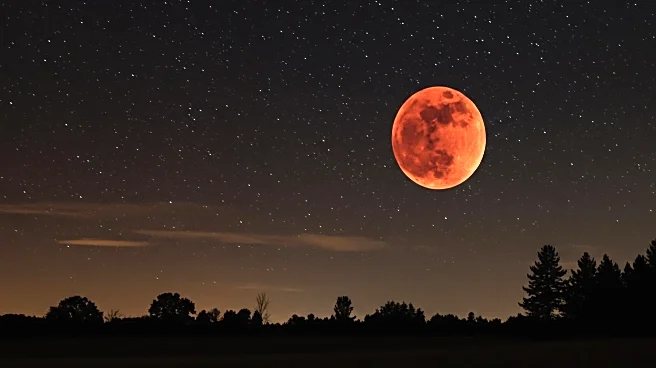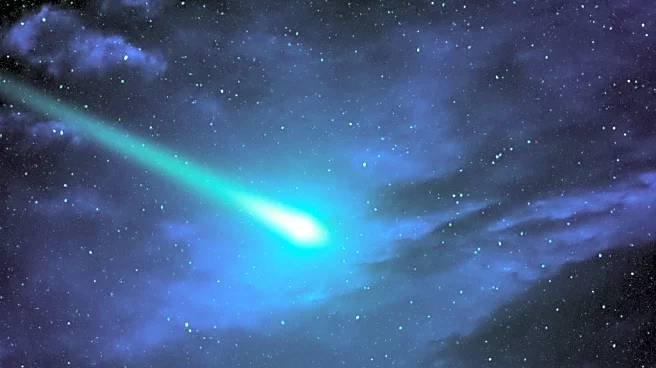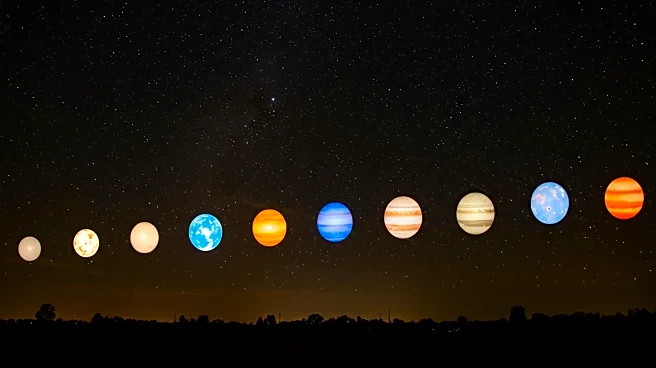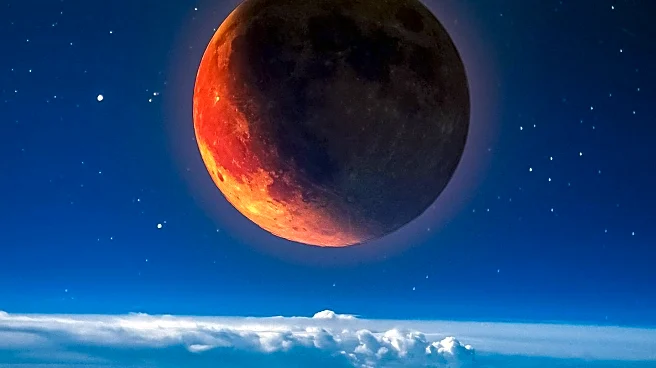What's Happening?
On August 19, astronomers will have the opportunity to witness a rare celestial event as Titan, Saturn's largest moon, casts its shadow across the planet's cloud tops. This shadow transit occurs during a brief window every 15 years when Saturn's rings are aligned edge-on with Earth. The event begins at 1:52 a.m. ET and lasts for over four hours, with Saturn visible around 40 degrees above the southeastern horizon. Observers will need an 8-inch telescope at 200x magnification to view Titan's shadow, as the planet is approximately 807 million miles from Earth, making it invisible to the naked eye. The transit is part of a series of shadow transits occurring every 16 days, with the next opportunity not expected until the mid-2040s.
Why It's Important?
This event is significant for astronomers and space enthusiasts as it provides a rare chance to observe the dynamics of Saturn's moons and their interactions with the planet. The shadow transit offers insights into the orbital mechanics and gravitational influences within the Saturnian system. For amateur astronomers, it presents a unique observational challenge and an opportunity to engage with celestial phenomena. The event also highlights the importance of timing and precision in astronomical observations, as such transits are infrequent and require specific conditions to be visible.
What's Next?
Following the August 19 transit, additional shadow transits are scheduled, with the next occurring on September 4. These events will continue until October 6, after which the alignment will not recur until the mid-2040s. Astronomers and enthusiasts are encouraged to prepare their equipment and plan observations during these windows. The ongoing series of transits provides a continued opportunity for study and engagement with Saturn's complex system.











